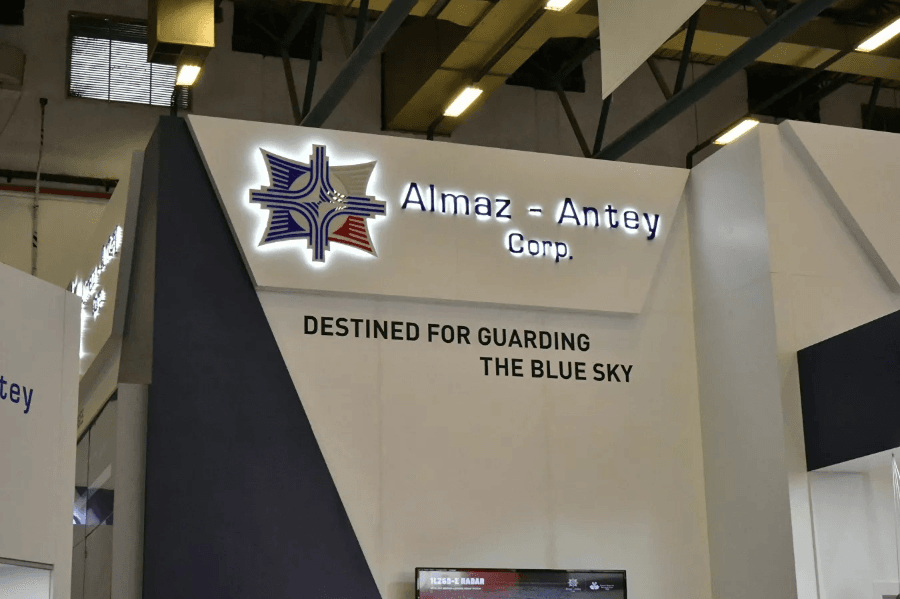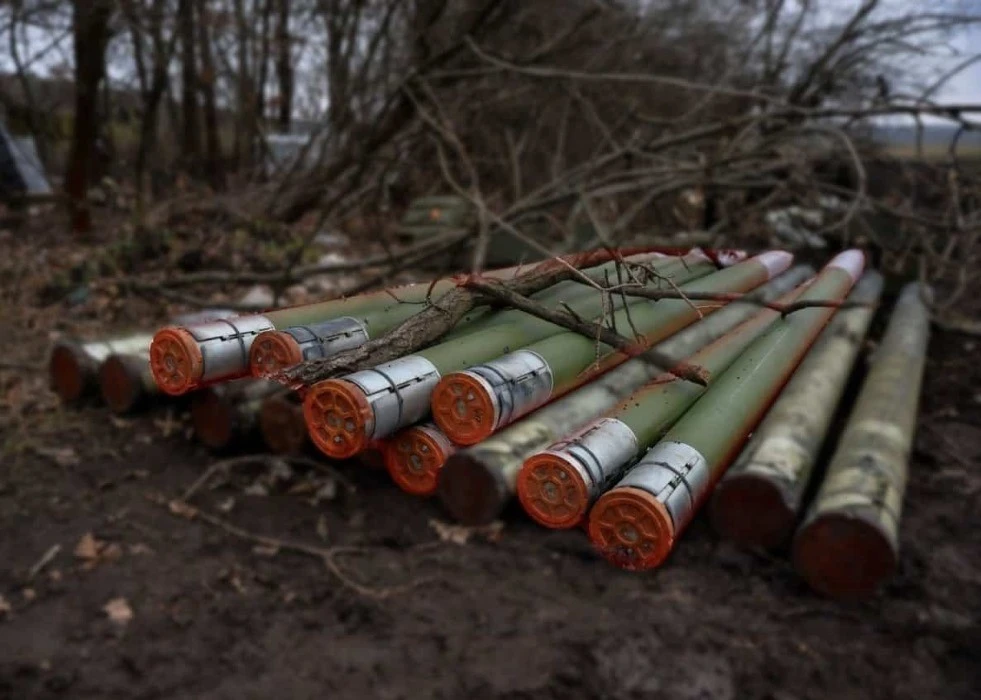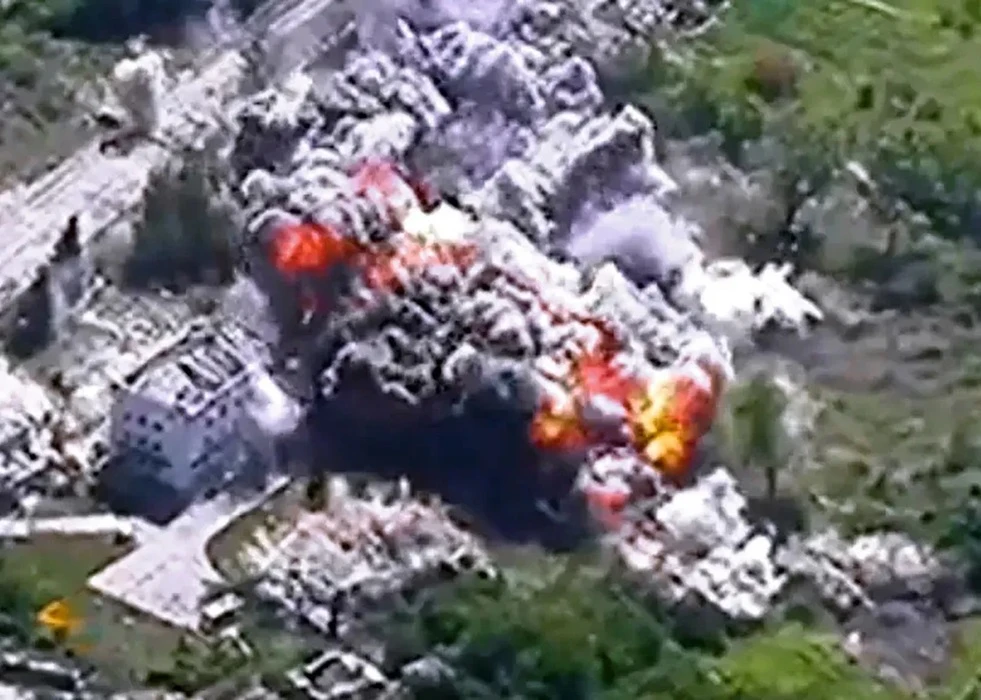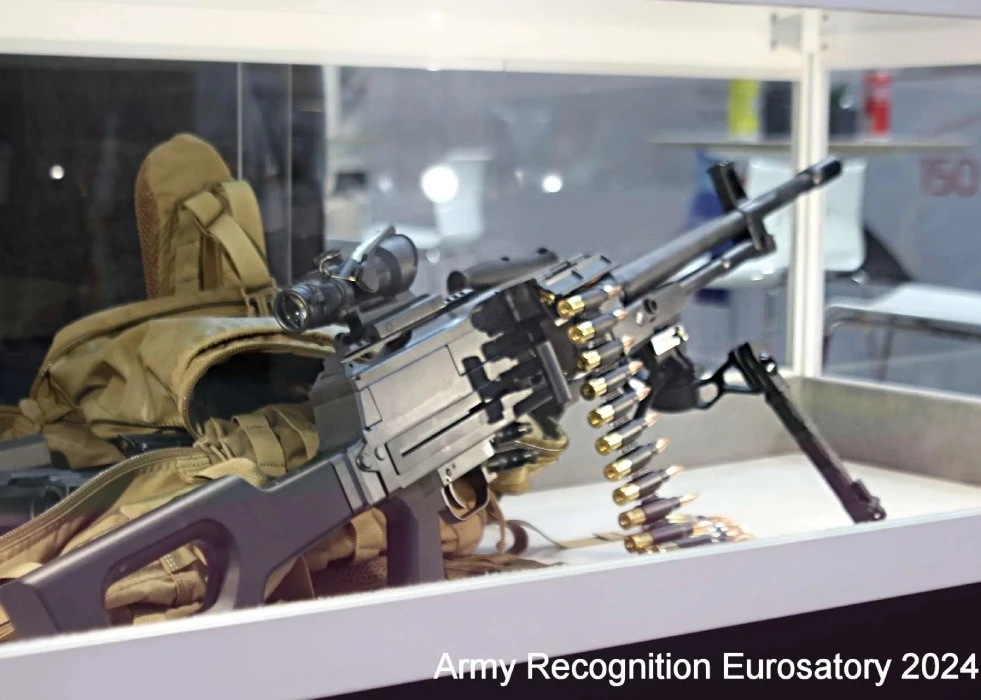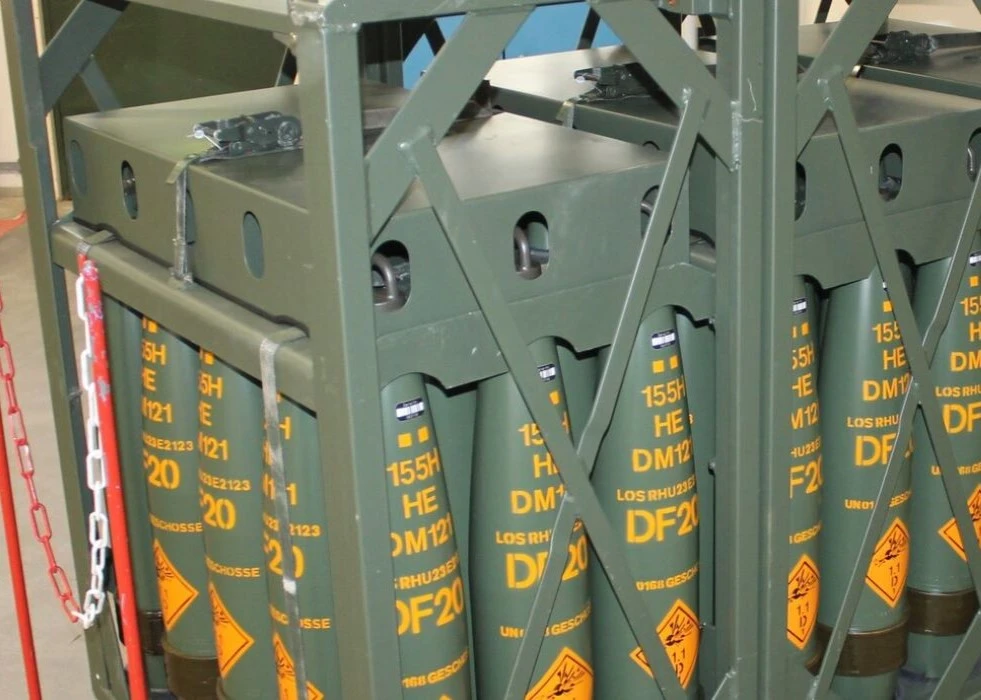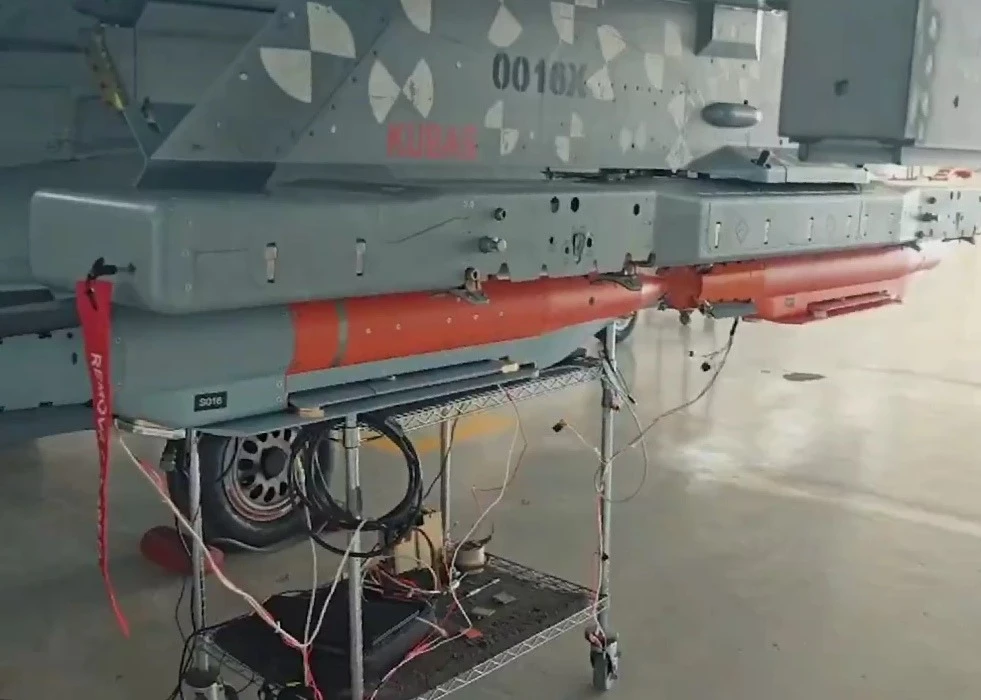Pavel Sozinov, head designer of Almaz-Antey Corporation, said that the corporation has successfully carried out tests at the training ground for the Krechet interceptor drone armed with a 12-mm gun.
Speaking at Sputnik at the international defence forum Army-2021,Sozinov noted that the main advantage of the "Krechet" is the cost. "There is no need to spend expensive anti-aircraft missiles for mini and micro unmanned aerial vehicles. These UAVs are actually very cheap," said Sozinov.
The main type of target of "Krechet" is unmanned aircraft weighing up to 30 kg, that is, targets that do not need to be destroyed by anti-aircraft missiles.
Relying on geolocation or other information about the enemy drone's position, the ground control system prepares Krechet for a flight mission, secures the drone's launch. Then The drone will fly to the target and detect it.
The control system then ensures that the "Krechet" is placed on the firing line so that the flight zone of the projectile coincides with the position of the unmanned UAV.
Almaz-Antey is developing anti-UAV ammunition Krechet
Almaz-Antey, one of Russia's largest defence manufacturers, specialises in the development of small-calibre anti-aircraft weapons.
In a statement issued by Pavel Sozinov, head designer of Almaz-Antey Corporation, the company announced that tests of the Krechet drone interceptor, a 12-mm gun, had been completed successfully at a training facility.
Sozinov stated in an interview with Sputnik that the primary advantage of the "Krechet" is its low cost. "When it comes to mini and micro unmanned aerial vehicles, there is no need to spend money on expensive anti-aircraft missiles. These unmanned aerial vehicles (UAVs) are actually quite inexpensive, "Sozinov expressed himself.
Krechet's primary targets are unmanned aircraft weighing up to 30 kg, which are targets that do not require the use of anti-aircraft missiles to destroy them.
The ground control system prepares Krechet for a flight mission. It ensures the drone's launch by relying on geolocation or other information about the enemy drone's location. The drone will then fly to the location and detect the object.
Afterwards, the control system ensures that the "Krechet" is placed on the firing line so that the flight zone of the projectile coincides with that of the unmanned aerial vehicle.


